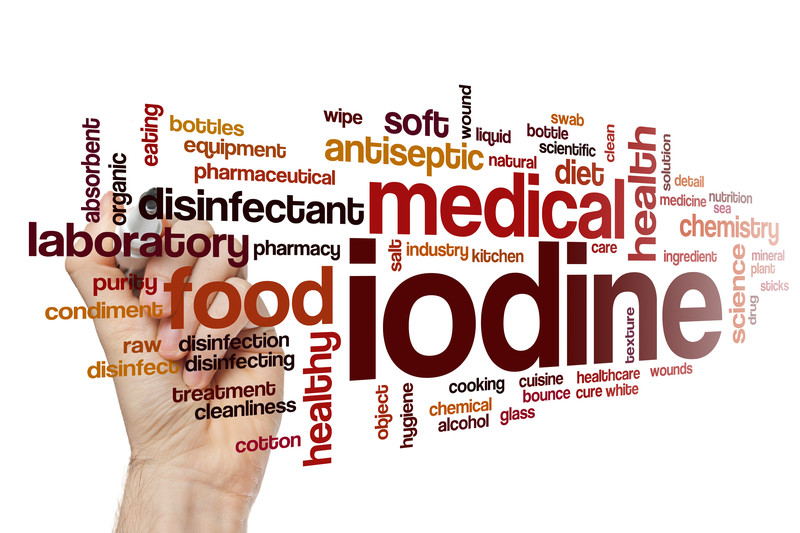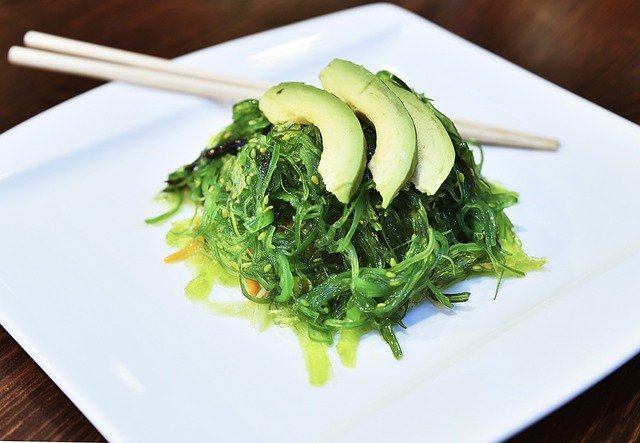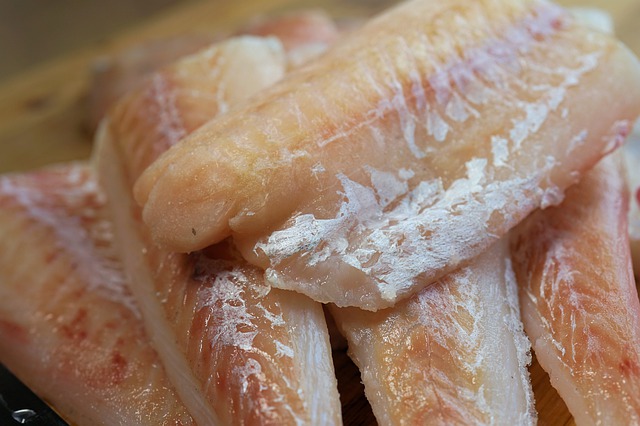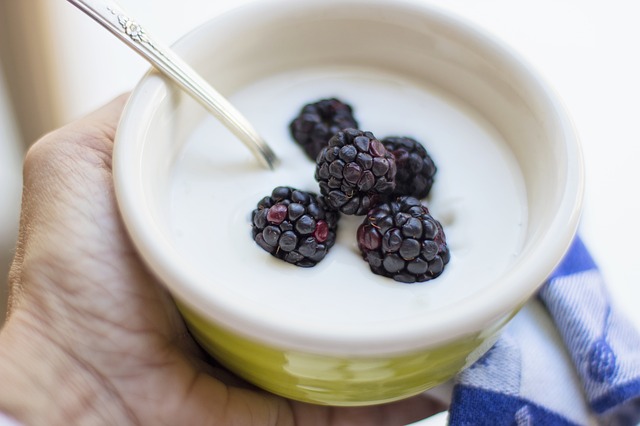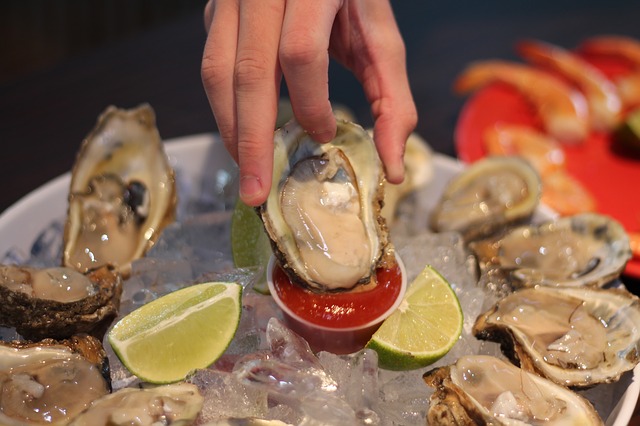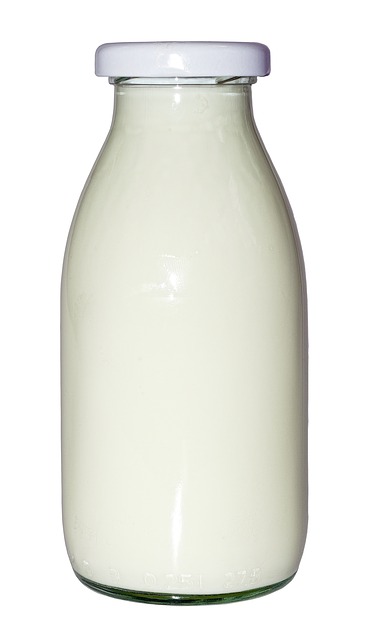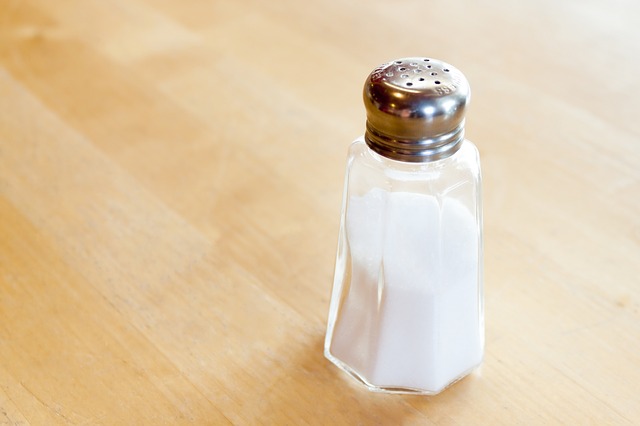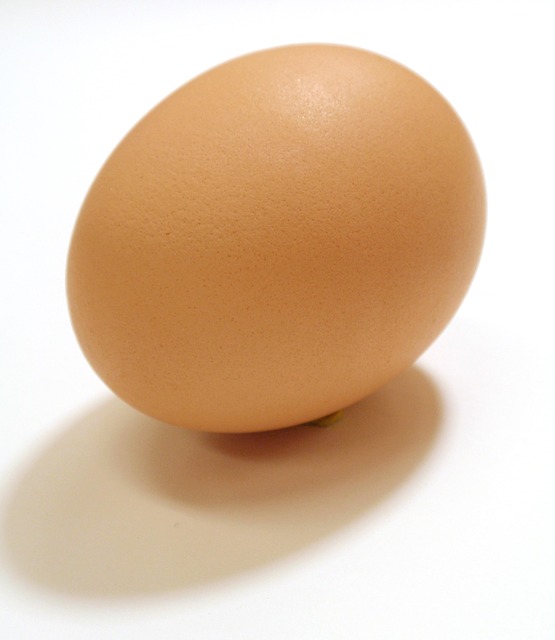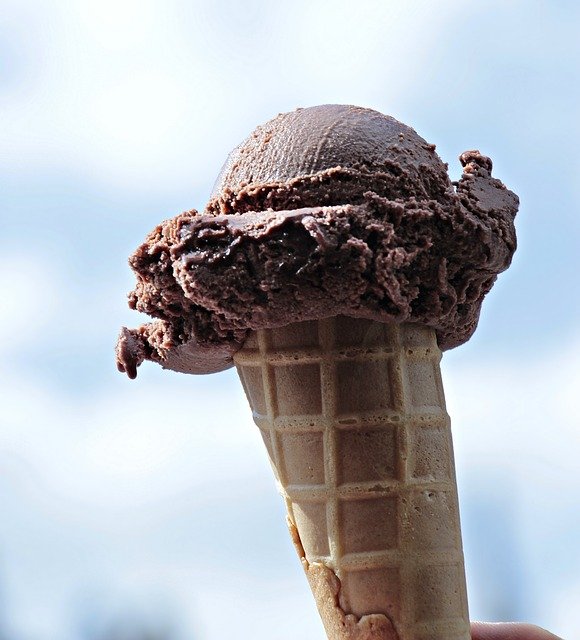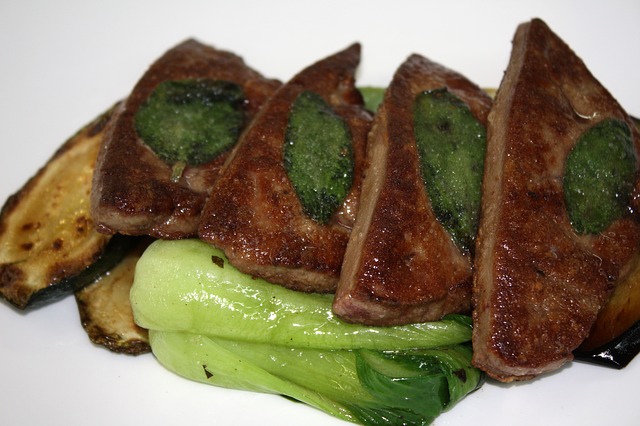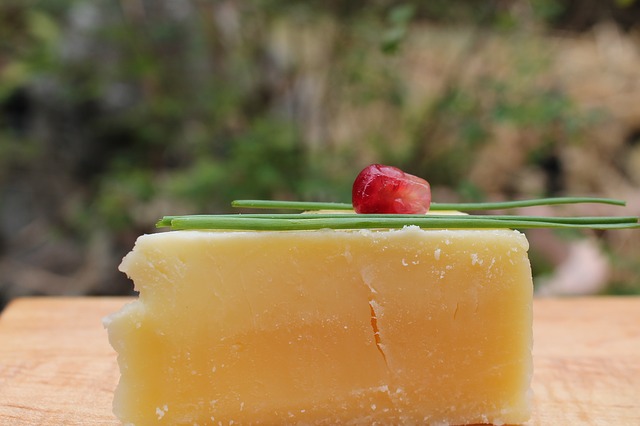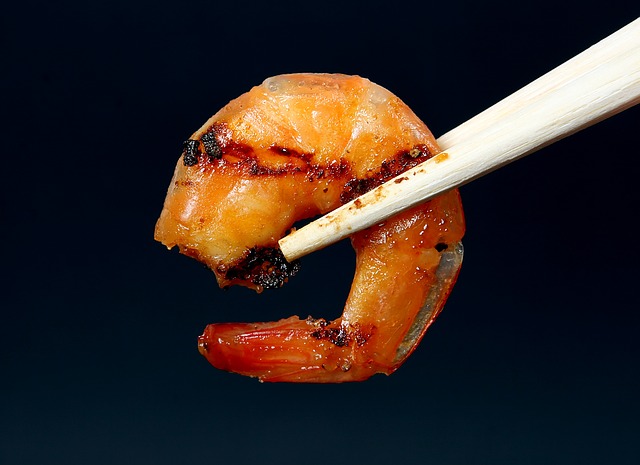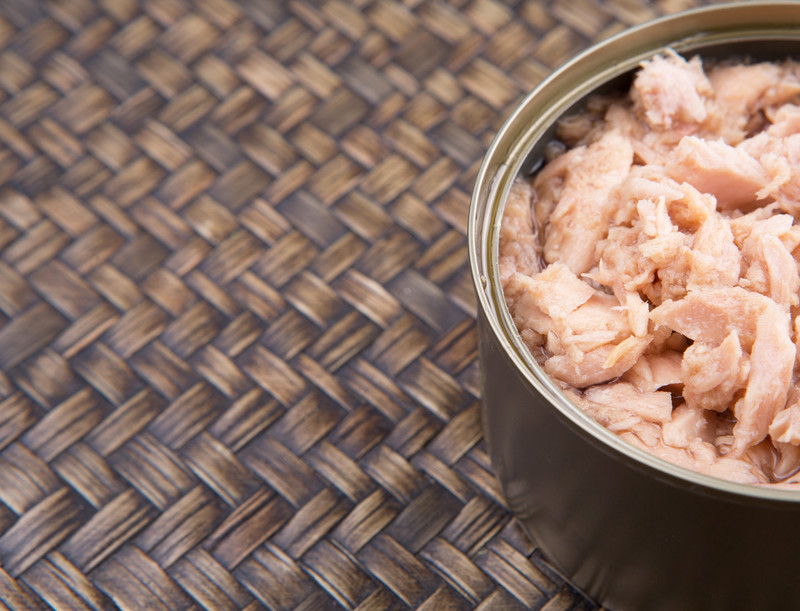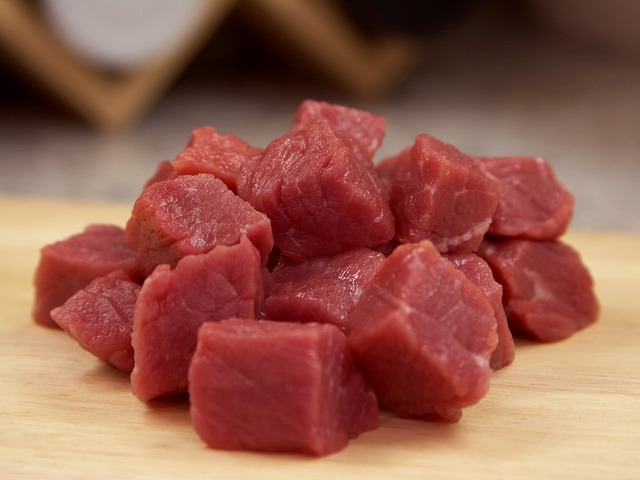(Article Medically Reviewed by Dr. Zac Hyde M.D)
Below you’ll find 15 iodine rich foods ranked from highest to lowest.
Add these foods to your diet, especially those near the top of the list and you’ll easily hit the RDA for iodine.
15 Iodine Rich Foods Ranked
Iodine is an essential mineral that holds an important role in maintaining the metabolism rate of the body as well as other functions.
Consuming iodine-rich foods regularly can help increase testosterone levels, boost immunity and improve brain function (source).
Iodine serves as the main component for the formation of the thyroxine hormone which is produced in the thyroid gland.
Thyroxine is primarily responsible for numerous biochemical reactions such as catalytic reactions and protein synthesis.
It’s safe to say, you really need iodine for a healthy functioning body.
Now here’s the list…
1: Nori Seaweed
A 10 g serving of Nori Seaweed carries a strong punch of 232 micrograms of Iodine.
This is more than 150% of your daily requirement! Nori seaweed is native to Japanese cuisine and is also a rich source of potassium.
Safe to say, that seaweed punches well above its weight class when it comes to supplementing iodine.
2: Baked Cod
When it comes to nutrients, seafood often takes the cake.
Baked Cod is a delicacy that is best served with a helping of salad or other veggies.
3 ounces of baked Cod contains a whopping 158 microgram dose of Iodine.
A standard four ounce serving carries 20 grams of protein as well.
3: Greek / Plain Yogurt
Yogurt has a myriad of health benefits.
It’s packed with probiotics which boost your immune system and can greatly reduce stomach-related problems.
It contains 116 micrograms of iodine which hits 123% of your daily requirement.
4: 15 Iodine Rich Foods Ranked – Oysters
Oysters are part of high-dining and for all the right reasons. 3 ounces of oysters contain 93 micrograms of Iodine.
Oysters are also rich in Potassium, Sodium and Zinc which boosts ejaculation volume and supports testosterone production.
5: Baked Potato
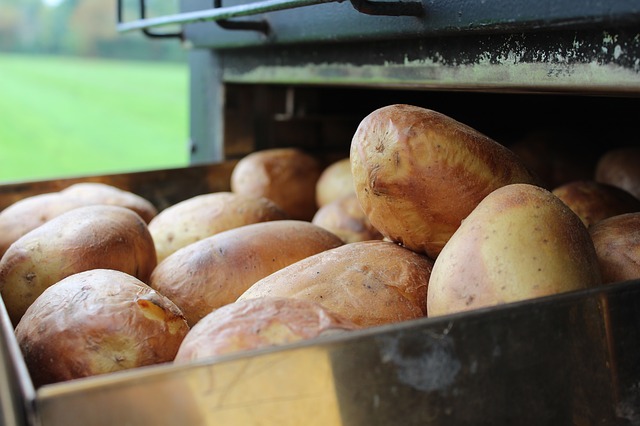
When you eat the entire potato, including the skin you get a whopping 60 micrograms of iodine which put’s you at 40% of the recommended daily requirement.
6: 15 Iodine Rich Foods Ranked – Milk
Drinking 1 cup of milk daily ensures that you get 56 micrograms or 37% of your daily requirement for Iodine.
On top of this, it’s a rich source of calcium which is good for your bones.
7: Iodized Table Salt
A quarter teaspoon of table salt accounts for 76 micrograms of Iodine.
If you eat a lot of processed foods, which contain a lot of iodized salt, you won’t have any trouble meeting your daily requirement.
8: Hard Boiled Eggs
The nutritional value of eggs is very high, since they are essentially the chicken equivalent of mothers breast milk.
One egg contains a respectable 26 micrograms of Iodine.
They are a rich source of protein, vitamin A, folate, and selenium and also contain decent amounts of vitamins D, E and K.
According to bodybuilding legend Vince Gironda…
Eggs have steroid like effect on the body, which support testicle function and elevate male hormones.
I’ve seen no hard data to back this theory up, but either way, eggs will do your body good.
9: Chocolate Ice Cream
Wipe that smile off your face!
A 100 g serving of chocolate ice cream contains 21 micrograms of Iodine which hits 14% of your daily requirement.
If you’re into vanilla or strawberry, no worries, they contain 21 micrograms as well.
10: Beef Liver
3 ounces of Beef liver has 14 micrograms of Iodine.
Beef liver is also rich in protein, vitamin A, Copper, vitamin C, Folate, Iron and B vitamins.
Liver has a strong reputation for supporting hormone production in men and women, due to its high levels of vitamins and minerals.
If you can handle the taste, its definitely worth adding to your diet.
11: Cheddar Cheese
Cheddar cheese is tantalizing addition to foods such as pasta, eggs and meat.
1 ounce of cheddar cheese contains 14 micrograms of Iodine. This provides 9% of your daily iodine intake.
Monterey Jack and Swiss cheese are also decent sources.
12: Shrimp
Seafood makes another addition to this list with shrimp coming in at number 12.
Shrimp is a low fat, tasty food that contains 13 micrograms of iodine along with decent amounts of selenium, zinc and iron.
15 Iodine Rich Foods Ranked – (moderate amounts)
13: Canned Tuna
Seafood has dominated this list of Iodine rich foods, but this is the last item from the seafood category.
Tuna has 7 micrograms of iodine per serving. It’s also rich in protein if you are looking to build some muscle mass.
14: Chuck Beef
A cooked chuck beef steak is a good way to get some cheap protein along with a moderate dose of iodine.
3 ounces of chuck beef contains 3 micrograms.
Add a little Iodized salt to the meat and you easily can bump that number up by a factor of five.
15: Chicken Breast
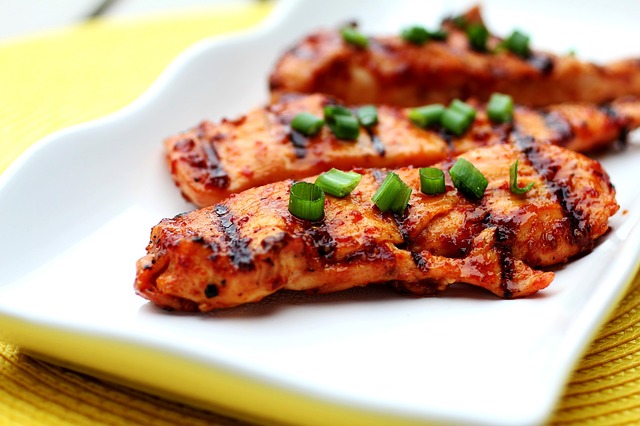
Chicken breasts are a good source of lean protein.
They are a go-to for body-builders and fitness enthusiasts. Apart from this, 100 grams of chicken breast has a little more than 2 micrograms of iodine.
Grill it, roast it or fry it and add a bit of salt to increase the Iodine content.
Update: Iodine Rich Foods Part 2:
Below we’ve provided a little more detail on the items listed above and have added a couple of more sources of Iodine as well.
Let’s go…
Sourcing Natural Iodine
It takes a series of natural processes in order to produce iodine, which is why its distribution around the world is hugely uneven.
In fact, entire organizations have popped up merely to provide this vital nutrient to areas where it is deficient.
And while supplementation can be effective in many cases you can also get plenty of Iodine from food.
Fortunately, the foods that tend to contain the highest amounts of iodine are rather varied.
So if you’re a picky eater, you have a number of options to consider.
And while meat eaters will have the greatest variety from which to select, full-fledged vegans will find that they can properly source iodine with a few simple dietary additions.
Iodine Rich Foods: Seaweed, Kelp, and Nori
Remember what I just said about vegans – well, this is what I meant.
You see, the Japanese have a huge head start when it comes to iodine in their diets, because they’ve been eating seaweed for generations.
Luckily, seaweed-based products are not only more common nowadays, but they are also far tastier.
From kelp and wakame to nori (red seaweed), this water-based vegetation is extremely rich in iodine.
In fact, a certain type of kelp (Kombu kelp) can contain up to 2,984 mcg of iodine per 1 gram sheet!
Pop a portion of that into your ramen, and you can consider your iodine needs met for an entire week!
Shrimp & Iodine
If you’re a seafood lover, chances are that you’re already getting more than enough iodine in your diet.
In fact, if you scan this list, you’ll see that ocean-based plants and animals make up the majority of the points.
This brings us to that bottomless shrimp platter you love so much.
As it turns out, these low-calorie, high-protein crustaceans are the perfect source of iodine, even when they’re smothered in cocktail sauce.
In fact, every ounce of shrimp contains roughly 7.6% of your daily iodine requirements. Shrip is also rich in vitamin B12 and selenium, which we’ll discuss a bit more later.
Cod Fish Is Iodine Rich
Growing up, my Italian neighbors used to salivate over “baccala,” a salted codfish dish that seemed to accompany every Sunday dinner.
In retrospect, I can see the appeal of getting 33 mcg of iodine per 1 oz. of fish!
That’s right, this versatile and tasty ocean whitefish is a great way to keep your thyroid pumping away, raising your metabolism and helping maintain your sex drive.
That said, ocean-caught cod is much higher in iodine than farm-raised fish.
So, if you live in Nebraska, for instance, you might need an extra serving of baccala to get the right daily dose.
Natural Sources of Iodine: Tuna
If you’re partial to the so-called “Chicken of the Sea,” you’ll be pleased to learn that this tasty ocean giant is also a giant source of iodine.
Though the mineral content is less than “skinnier fish” like cod, tuna is more palatable, more abundant, and easier to get your hands on.
As an added bonus, those extra layers of cushioning around the tuna’s midsection are rich in omega-3 fatty acids.
This can help support sexual function by keeping your heart healthy and your pipes clean..
Yogurt, Milk, and Cheese
Those of you who don’t have a strong taste for seafood can o-fish-ally rejoice because the rest of this list will only discuss terrestrial iodine sources.
In fact, providing you aren’t lactose intolerant, nearly everyone can appreciate yogurt, milk, and cheese.
And all of which are terrific ways to keep up your iodine levels.
A single cup of milk can provide you with upwards of 59% of your daily dose of the mineral.
The same is true of about a cup of plain yogurt, providing it’s all-natural without a lot of added junk.
Lastly, you have cheese.
Though you’re unlikely to get your full dosage of iodine from cheese alone, more potent options (like cottage cheese) are still a great source.
Ioidized Salt
If you’ve ever bought salt in bulk, you’ll notice that the word “iodized” is typically printed quite noticeably on the label.
This is not an accident, and, yes, it does indeed refer to the exact type of iodine we’re discussing here.
Though salt does not contain the mineral naturally, it has been added to most commercial salt products since the 1920s.
Then, as with today, the goal was to keep the public supplied with this nutrient in order to decrease the frequency of goiters.
Nowadays, salt remains a great source of iodine.
In fact, about a ¼ teaspoon can usually provide you with around half of your daily allotment.
That said, salt is a double-edged sword when it comes to your sexual health.
After all, too much sodium chloride (the scientific name) can elevate your blood pressure and eventually damage your arteries.
This can cause erectile issues and even lead to penile atrophy.
Prunes & Iodine
Prunes have gotten a bad rap for the past 50 years or so, what with the whole “keeping old people regular” thing.
But if you think back to grade school science, you’ll remember that prunes are just dried plums – literally just big old grapes.
And while they certainly do relieve the odd bowl blockage now and then, they are also a great source of iodine.
Indeed, eating a handful of dried prunes a day will provide you with about 1/5th of your daily recommended allowance of iodine.
Combine them with some yogurt and a bit of granola, and you’ve got yourself a healthy, sex drive-enhancing smoothy.
Iodine in Eggs
Few foods are more of a breakfast staple than the incredible, edible egg.
A great source of healthy fats, protein, and vitamins, there’s a reason why eggs are in damn near everything we eat.
And if you’re trying to maximize your iodine levels through your diet, you’re in luck: one large egg can provide you with around 15% to 17% of your daily allowance.
Of course, if you don’t want to pull a Rocky Balboa and guzzle them raw, you don’t have to.
However, you do need to be sure to eat the yolk – that’s where all the nutrients are!
Finally, selenium like iodine, this is another vital mineral with a number of health effects.
However, it also works in tandem with iodine to ensure your thyroid doesn’t get overloaded.
Also, like iodine, you can get plenty of selenium by focusing on foods high in the nutrient like meat, and dairy products.
You can read more about the importance of taking selenium and iodine together here.
15 Iodine Rich Foods Ranked – Conclusion:
Incorporating these foods into your daily diet will be a good way to check off Iodine from your nutritional to-eat list.
Most of these foods can be easily found in your local supermarket.
Making small changes in your diet can add up to marginal compounding gains over the long run.

